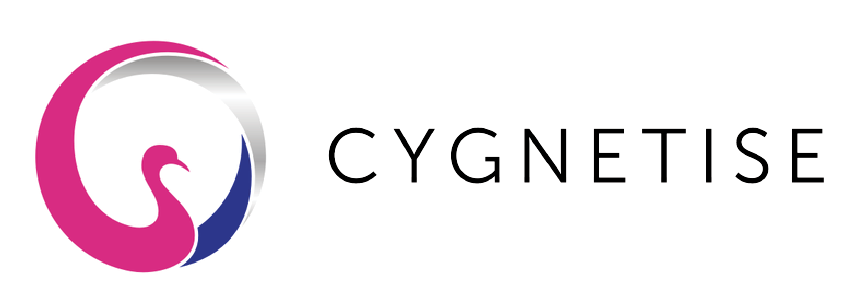How to engage your board with gender diversity
By Sharon Ah Lin, chartered company secretary at Rogers and Company Limited.
The importance of diversity to a successful board is now widely accepted – it helps avoid groupthink, improves discussion and challenges the conventional wisdom, as well as being a social and moral consideration.
While each organisation is unique and has its own culture, how it approaches diversity and inclusion sends a strong signal to its stakeholders.
A core part of this is gender diversity. There are a number of actions that can help improve female representation. However, without senior support, even the best efforts are unlikely to succeed, so getting your board fully engaged from the start is key. As a leading figure in the company’s governance, the company secretary can play an important role in working with senior leadership throughout the organisation and supporting diversity initiatives.
Think practically
Start by scanning the current environment of your organisation. Help senior leadership to find a balance between realistic and aspirational goals when setting a measurable target to appoint the number of women on your board.
The vexed question of quotas will always arise. The problem with quotas is that they deal with the symptom, not the underlying cause. Conversely, the quota system is often needed in a transition phase and it can bring value if varied by industry – for example, sectors such as the hospitality industry usually have more women in senior roles than the technology industry.
Voluntary initiatives driven by UK’s 30% Club and US’s 2020 Women on Boards could be considered. These initiatives are having a positive effect even in countries where there is no national approach to diversity.
Cultivate an inclusive environment
Work with your board to foster an environment that encourages the participation of everyone, including male employees, to support diversity and inclusion and help address this issue. Gathering support is important and there will always be male colleagues who will assist, whether it comes from the experience of a wife, daughter, sister or close female friend who has been overlooked for a deserved promotion to the C-suite or as a director, or they simply feel strongly about the issue.
Develop the pipeline
Adopt a considered approach to identifying and developing high-potential women within your organisation. Give them the necessary support to allow them to move into ‘turning point’ roles that increase their access and visibility to senior management.
It could be worth taking inspiration from initiatives such as the apprenticeship programme by Professor Mervyn King in South Africa, which allows young professionals within the organisation to work with and shadow an experienced director. At the end of the apprenticeship, they would receive certification from the director.
Such best practice can be tailor-made to the needs of the organisation and is proactive succession planning. It helps to build and maintain an active pool of young people eligible to become board members. Not least, it will also help retain talent within the organisation.
Look at the appointment process
Consider appointing a female director as Chairman to the Nomination Committee when the board is renewing the membership of such committee. Ensuring such a crucial committee is diverse itself is integral to creating impetus for change. Having a female heading such committee will provide further momentum for board diversity efforts.
Be open and broaden your perspectives with different eyes. Encourage boards to look outside the normal talent pools and consider strong female candidates with specialist expertise in technical and complex subject areas, regardless of whether or not they have prior board experience. In such circumstances, substance will prevail over prior board exposure.
Utilise role models
Encourage good female role models from senior management to mentor women of middle management. The tenure of a role model should be over a specific period to allow rotation and easy access to the next generations of leaders.
Report on it
One final important area is to be forward-thinking and make disclosures early on in the annual report. Report on progress in achieving objectives for both women at senior management and board levels. Alongside encouraging better practice within the organisation, this indicator, if well monitored, will have a positive impact on the corporate governance index of the organisation and can lead to positive recognition from institutions and investors.
The responsibility for gender diversity is not only a board issue, it is a company issue. It requires the commitment of the board, senior management, managers, HR and employees across the board. However, helping to set the tone at the top is crucial to making a difference.
About Sharon. Sharon Ah Lin is a chartered company secretary working at Rogers and Company Limited, a diversified holding listed on the Official List (i.e. the Main Board) of The Stock Exchange of Mauritius Ltd.
Sharon has over 13 years' experience within company secretarial and board practices and has extensive experience of corporate transactions including IPO and M&A. Sharon holds a BA Honours Business Law and International Business (UK) as well as an ACIS (Associate) with ICSA (UK).

